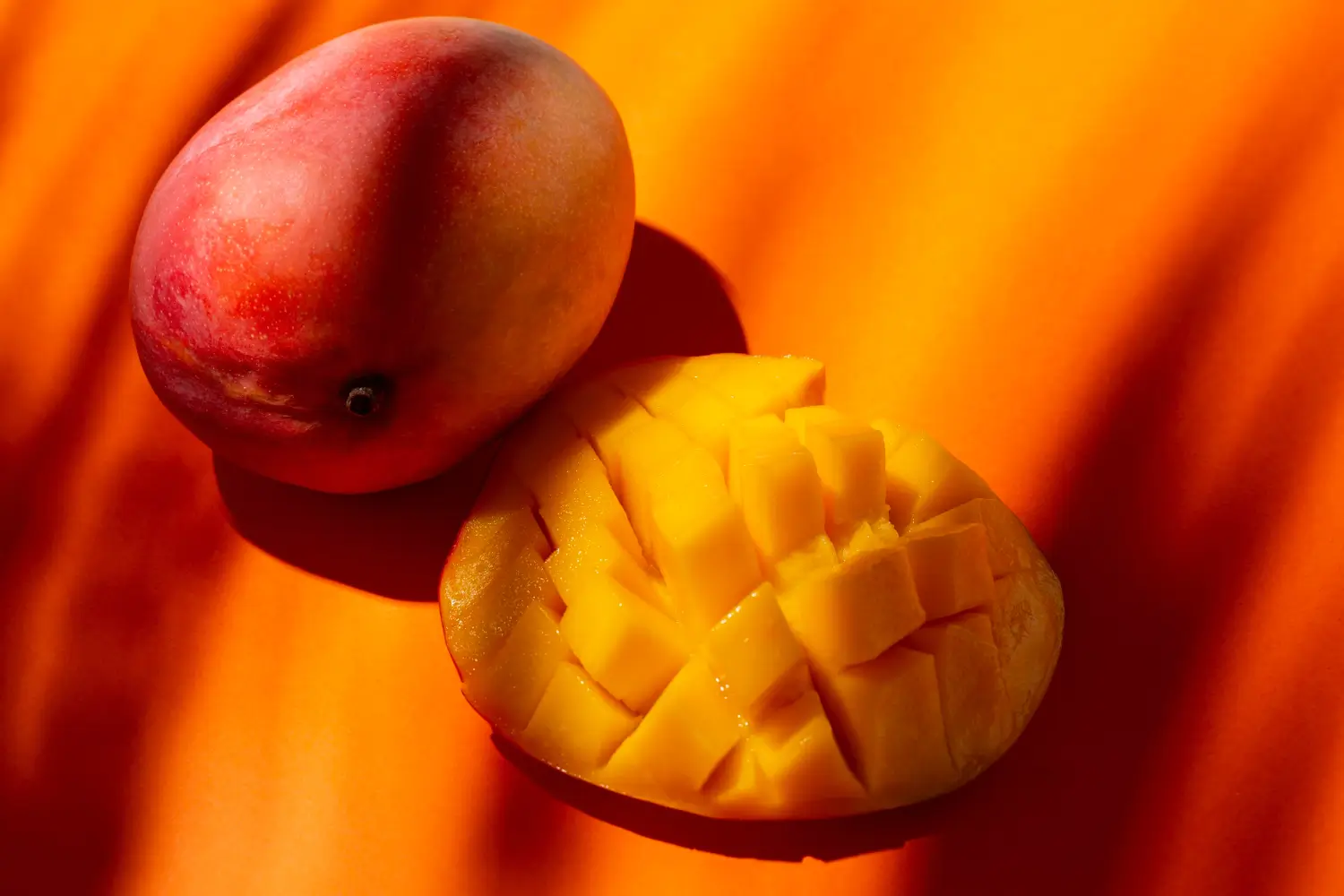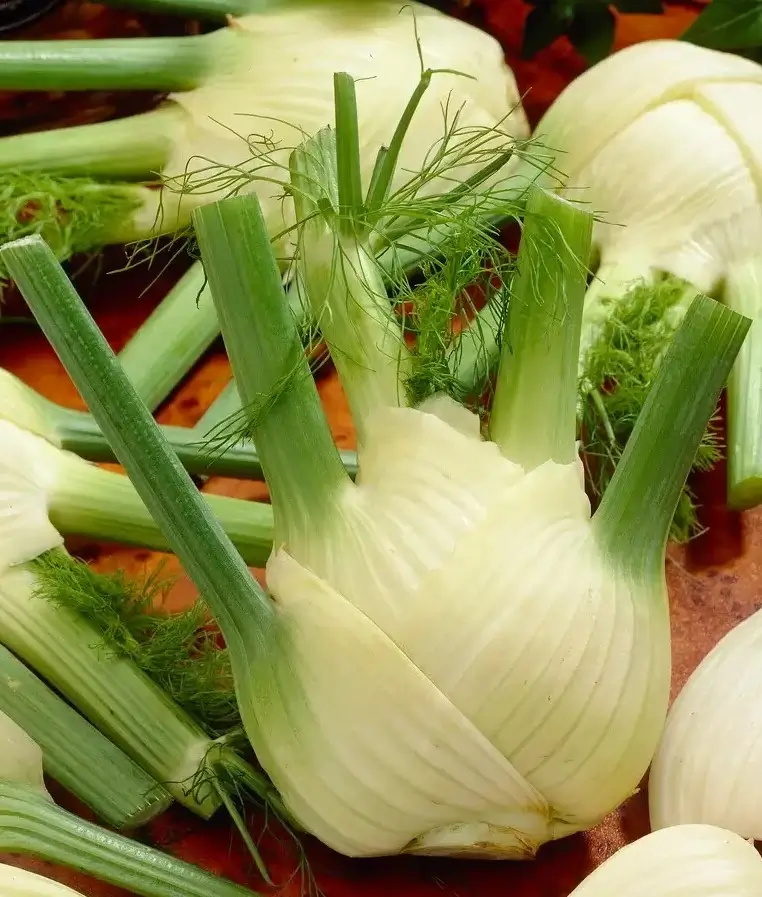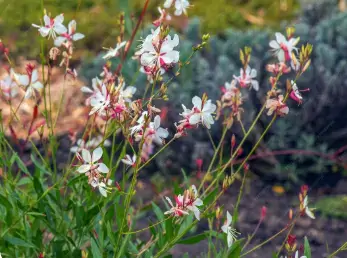
Soil Health & Fertilization
We unite suppliers and green industry professionals worldwide
The mango, with its delicious taste, cultural significance, and health qualities, definitely deserves its nickname “King of Fruits.”
By Victor Miller
|Published on September 24, 2025


Mango (Mangifera indica) is a classy fruit, commonly regarded as the King of Fruits, perhaps due to its unmatched taste, smell, and cultural significance. A tropical fruit native to South Asia, it has travelled around the globe to become an ingredient in cuisines, medicines, and cultures. In addition to its sweet, juicy pulp, the mango tree is a sign that continues to represent life, prosperity, and abundant cycles in most cultures.
Mangoes are grown with warm, frost-free weather, but the tree can grow with a variety of soils, and its durability and lifespan of over 75 years make it an important fruit crop. Hundreds of different mango cultivars are grown today all over the world, and each of them is characterized by its differences in taste, color, and size.
| Scientific Name | Mangifera indica |
| Common Names | Mango, King of Fruits, Amra (Sanskrit), Aam (Hindi), Mangga (Malay/Indonesian), Manga (Portuguese). |
| Family | Anacardiaceae |
| Genus | Mangifera |
| Species | Mangifera indica |
| Cultivars | Notable varieties include Alphonso, Haden, Kent, Ataulfo and Tommy Atkins. |

September 25, 2025
9 minute read
September 24, 2025
9 minute read
September 23, 2025
10 minute read
September 22, 2025
9 minute read


Join as a seller and connect with thousands of B2B buyers nationwide!
Sign Up

Fenugreek
Fenugreek is a cook´s all-around aromatic herb, and leaves as well as seeds are used in cooking. It has been used for thousands of years in culinary, herbal medicine and traditional remedies and holds a high ranking status across cultures globally.

Fennel Florence
Fennel Florence has a sharp taste and is aromatic. This herb is also valued for its crisp white bulb which can be eaten. Whether raw in salads, roasted with vegetables, or to enhance broths and stocks — it brings beauty as well as functionality.

Gaura
Gaura plants are long-blooming perennials that produce delicate white or pink flowers, which shimmer in the breeze. It provides a splash of color year-round, and many cultivars bloom from late spring through the end of autumn.

Habanero Red
The Habanero Red is a very hot chili pepper with a delicious, sweet, fruity flavor. This spice is greatly used in cuisines globally, particularly in the kinds of Mexican, Caribbean, as well as spicy flavors.
Mango trees are very large, majestic, and evergreen fruit trees. Their distinguishing characteristics allow them to be identified even out of fruiting seasons.
Mangoes have been hailed as a versatile fruit. The fruit, along with the tree, has gastronomic, healing, and cultural connotations.
The production of mangoes blossoms well in tropical and subtropical conditions. Health growth is of the essence in proper site selection.
The mango seeds are giant, oval-shaped, and have a rough, fibrous cover. They have different sizes and shapes based on cultivars.
Mango seeds are recalcitrant- that is, they cannot be dried and must be sown fresh.
Unlike most garden seeds, mango seed dies, which show a short lifespan if they are not immediately planted.
Vigor Testing: Test screens help to eliminate weak seeds pre-planting by visually inspecting mold, drying, and damage.
Mango is propagated by seed and vegetatively, but grafting is mostly used to produce quality fruits.
Seed Propagation
Vegetative Propagation
Spacing: For orchards, maintain 25–30 feet (7.5–9 m) spacing; for dwarf varieties, 10–15 feet (3–4.5 m).
Mangoes are hardy, but susceptible to many pests and diseases. Orchard management should be perfect.
Preventive Measures: Through pruning, orchard cleanliness, biological management, and resistant varieties, the incidence is lessened.
Healthy and fresh fruits and mango seeds should be well handled.
The mango, with its delicious taste, cultural significance, and health qualities, definitely deserves its nickname, “King of Fruits.” It thrives on warmth, sunlight, and well-drained soil, and its seeds must be planted rapidly or the seeds will not germinate successfully. Mango trees are resistant to pests and fungal diseases, although susceptible to root rot, and are some of the most resilient of tropical fruit trees, giving decades, and even centuries of crops to growers.
Mango trees grown from grafted saplings can bear fruit in 3–5 years, while seed-grown trees may take 7–10 years.
Yes, dwarf varieties like ‘Amrapali’ or ‘Julie’ can be grown in large containers, provided they receive full sun and regular pruning.
Mature mango trees are drought-tolerant, but young plants need consistent watering until well established.

Soil Health & Fertilization
Victor Miller

Pest Identification & Prevention
Victor Miller

Lawn Care Tips & Maintenance
Victor Miller

Soil Health & Fertilization
Victor Miller

Smart Irrigation Systems
Victor Miller

Patios, Walkways & Driveways
Victor Miller

Soil Health & Fertilization
Victor Miller

Pest Identification & Prevention
Victor Miller
My Account
Our team is always here to help.
We are open Monday - Friday, 9:00 AM to 4:30 PM PST.